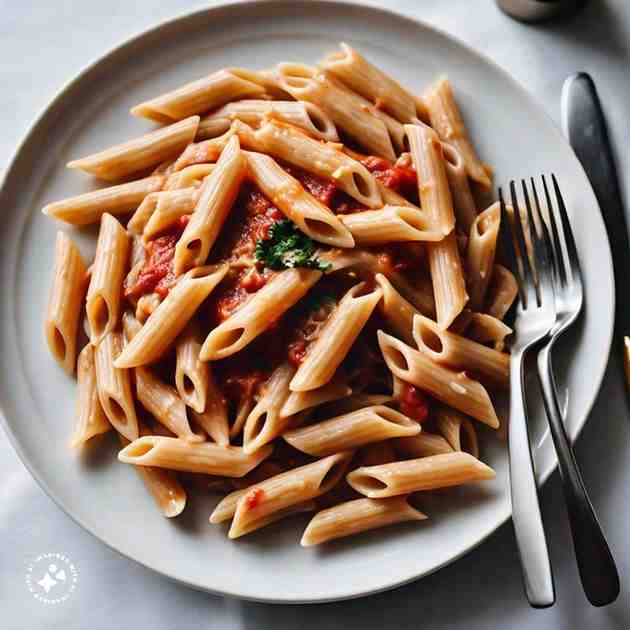Easy Homemade Hummus Recipe: Perfect for Dipping and Spreading
Hummus, a deliciously smooth and creamy spread, has gained global popularity for its versatility, rich flavor, and nutritional benefits. Originating from the Middle East, hummus has a long history of being a staple in traditional Levantine cuisine. This beloved dish is perfect for dipping veggies, spreading on sandwiches, or even eating by the spoonful. Our recipe ensures that your hummus turns out silky smooth, full of flavor, and much better than any store-bought version. Let’s dive into the process of creating the best homemade hummus you’ve ever tasted.
A Brief History of Hummus
Hummus has been around for centuries, with its origins tracing back to ancient Middle Eastern cultures, particularly in regions like Lebanon, Palestine, Israel, and Syria. The word “hummus” means “chickpeas” in Arabic, which are the primary ingredient in this dish. Over time, it has evolved into many variations, but the core ingredients remain the same: chickpeas, tahini, olive oil, lemon juice, garlic, and salt.

The health benefits of hummus are numerous. It is rich in protein, healthy fats, and fiber, making it a go-to for vegans and vegetarians seeking a protein-rich option. Whether eaten as part of a Mediterranean diet or simply enjoyed as a snack, hummus offers both nutritional and culinary benefits.
Ingredients for the Ultimate Hummus
Before we begin, let’s gather all the ingredients needed to make this luscious, creamy hummus. While the list may seem simple, using fresh, high-quality ingredients is key to achieving the best flavor and texture.
- 1 cup dried chickpeas (or 1 can of cooked chickpeas, drained)
- 1/2 cup tahini (sesame paste)
- 2-3 garlic cloves, peeled
- 1/4 cup fresh lemon juice (about 1 large lemon)
- 1/3 cup extra virgin olive oil, plus more for drizzling
- 1 teaspoon ground cumin
- 1/2 teaspoon smoked paprika (optional, for garnish)
- Salt to taste
- Ice-cold water (as needed for consistency)
- Fresh parsley (optional, for garnish)
- Sumac or za’atar (optional, for garnish)
Optional Add-ins:
- Roasted red peppers for a smoky twist
- Pine nuts for added crunch
- Sundried tomatoes for a tangy variation
Step-by-Step Instructions to Make the Best Hummus
1. Preparing the Chickpeas
For the creamiest hummus, starting with dried chickpeas and cooking them from scratch gives the best results, but canned chickpeas can be used for convenience.
- If using dried chickpeas: Soak 1 cup of chickpeas in water overnight or for at least 8 hours. Drain and rinse the chickpeas, then cook them in a pot of boiling water with a pinch of salt for 1 to 1.5 hours or until very soft. You can add a bit of baking soda to the water to soften the chickpeas faster and make them easier to peel.
- If using canned chickpeas: Drain and rinse well under cold water. For extra smooth hummus, peel the chickpeas by rubbing them between your hands to remove the skins.
2. Blend the Ingredients
In a high-powered food processor, combine the cooked chickpeas (or canned chickpeas) with the tahini, garlic, and lemon juice. Process for 1-2 minutes until smooth. Don’t be shy about processing for a long time; the more you blend, the creamier the hummus becomes.
- Pro Tip: If your hummus is looking too thick, gradually add ice-cold water (about 2-3 tablespoons at a time). This step helps achieve a silky, smooth texture without diluting the flavor, unlike warm water.
3. Season the Hummus
Now it’s time to season the hummus. Add ground cumin, salt to taste, and a splash of olive oil into the processor. Blend for another 1-2 minutes until everything is fully incorporated.
- Taste the hummus and adjust the seasonings as necessary. If you want more tang, add more lemon juice; for a richer taste, drizzle in some extra olive oil.
4. Serving the Hummus
Transfer the hummus to a serving dish and use the back of a spoon to create a little swirl or well in the center. This will hold the garnish and extra oil.
- Drizzle with olive oil and sprinkle with smoked paprika, sumac, or za’atar for added flavor and visual appeal. You can also garnish with fresh parsley or pine nuts for an extra touch.
5. Optional Variations
While the traditional hummus recipe is delicious on its own, here are a few ways to elevate the dish with unique twists:
- Roasted Red Pepper Hummus: Roast one large red pepper, remove the skin, and blend it into the hummus for a smoky, slightly sweet flavor.
- Spicy Hummus: Add a pinch of cayenne pepper or blend in some roasted jalapeños for a kick of heat.
- Herb Hummus: Incorporate fresh herbs like cilantro or basil for a refreshing, green hummus.
Tips for Perfect Hummus Every Time
- Quality ingredients matter: Use the best extra virgin olive oil and fresh tahini for the most authentic taste.
- Consistency is key: Achieving the right texture can make or break your hummus. Don’t be afraid to add more ice water to get it just right.
- Peel the chickpeas: This extra step may be tedious, but peeling the chickpeas leads to a much smoother hummus.
Serving Suggestions
Hummus can be served as a dip, a spread, or even a base for other dishes. Here are a few ideas to serve alongside your homemade hummus:
- Pita bread (either warm or toasted)
- Fresh vegetables such as carrots, cucumbers, or bell peppers
- Grilled meats or falafel for a heartier meal
- Flatbreads and crackers for snacking
For a light lunch, spread hummus on a piece of whole-grain toast and top with avocado or a drizzle of balsamic glaze. It’s a quick, healthy meal packed with flavor. Follow us on Medium and Pinterest.




